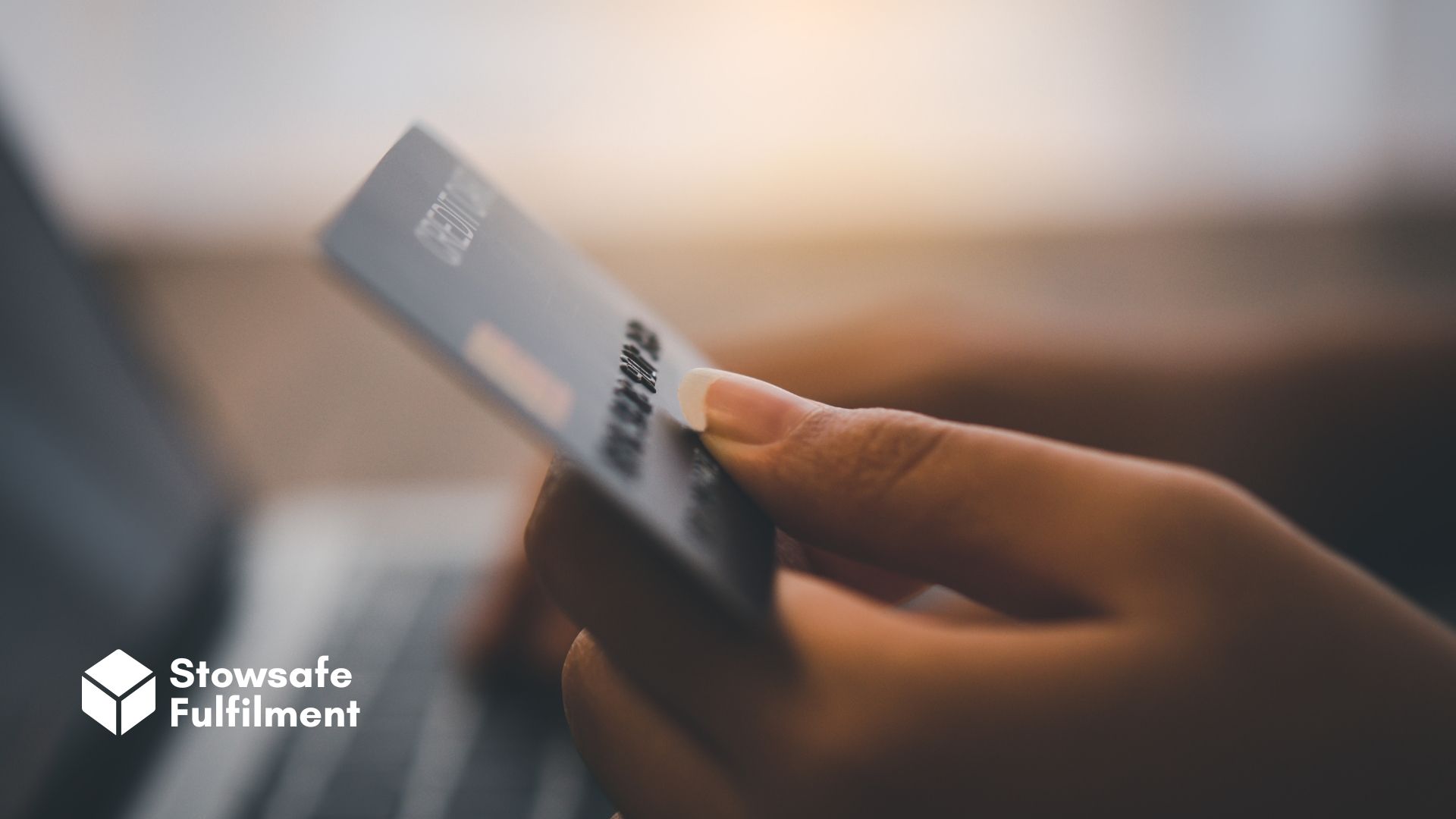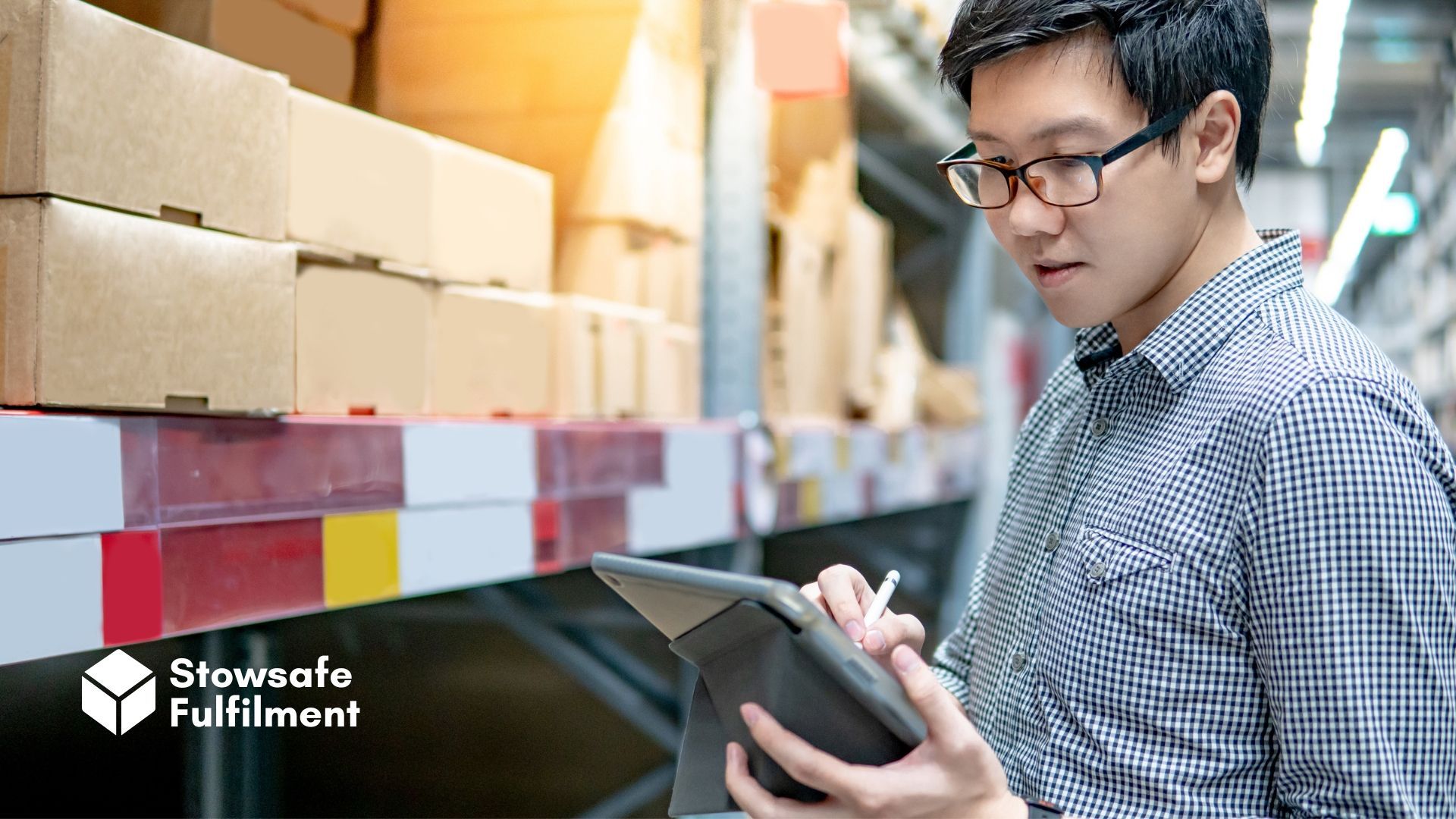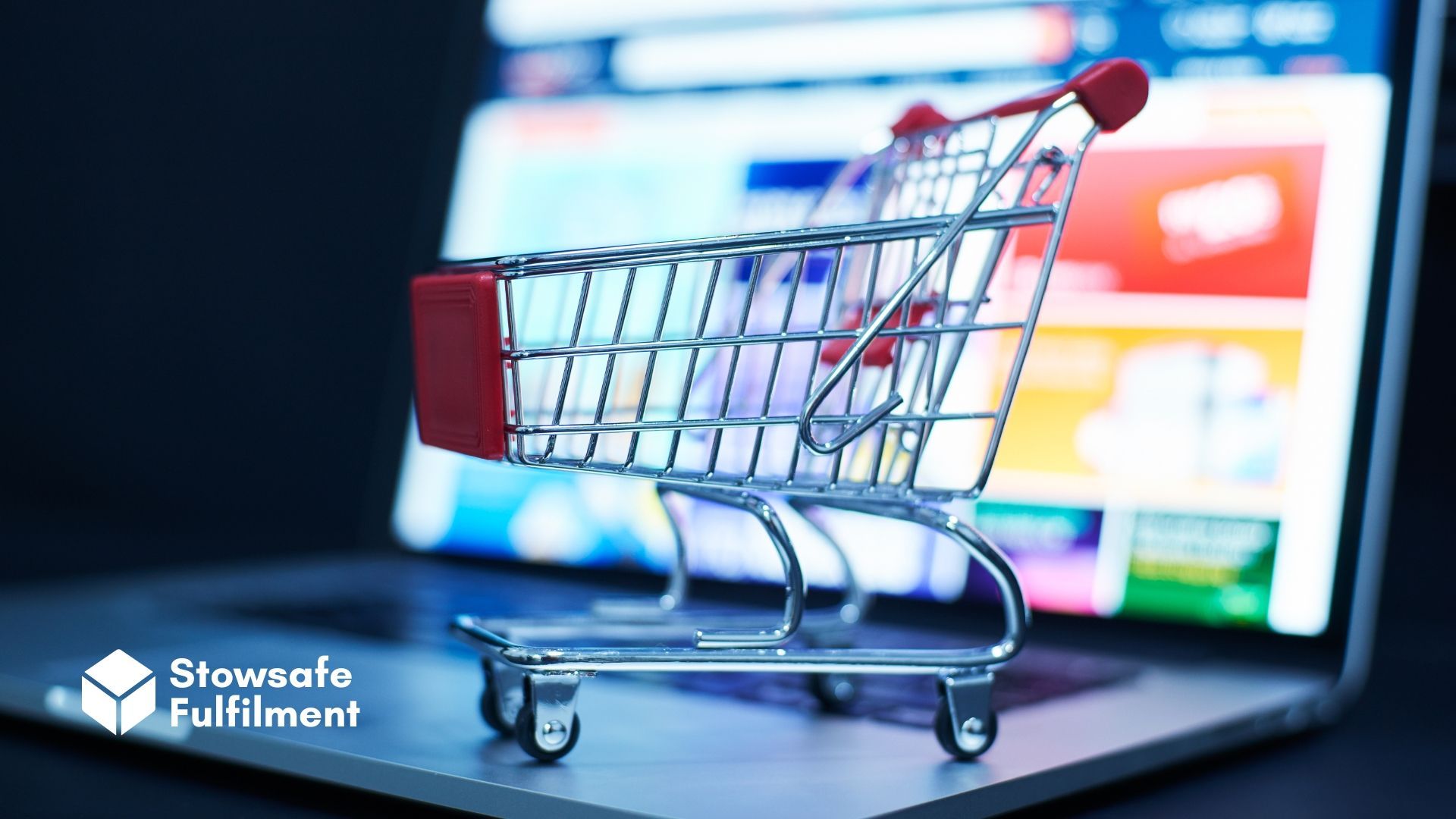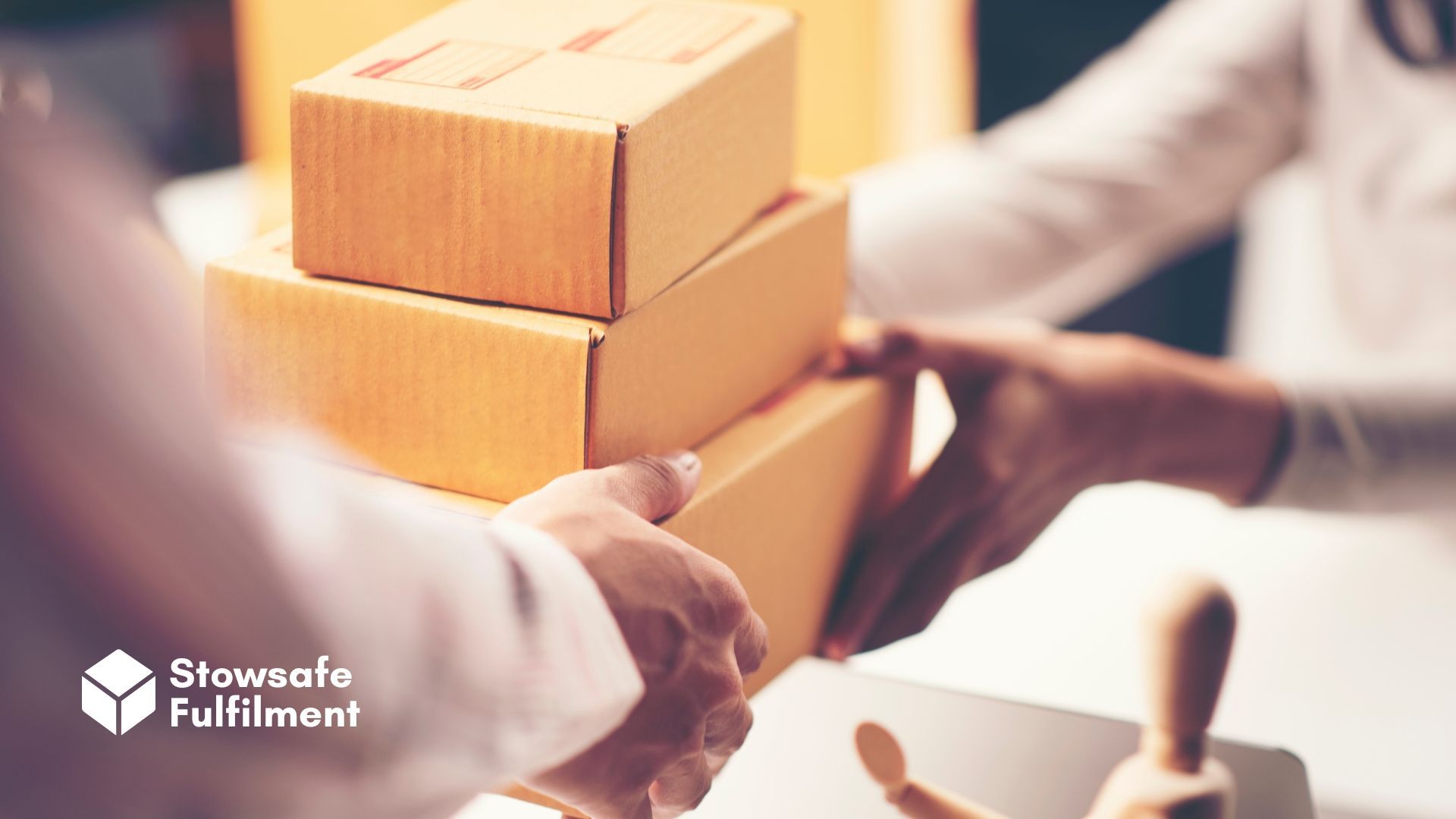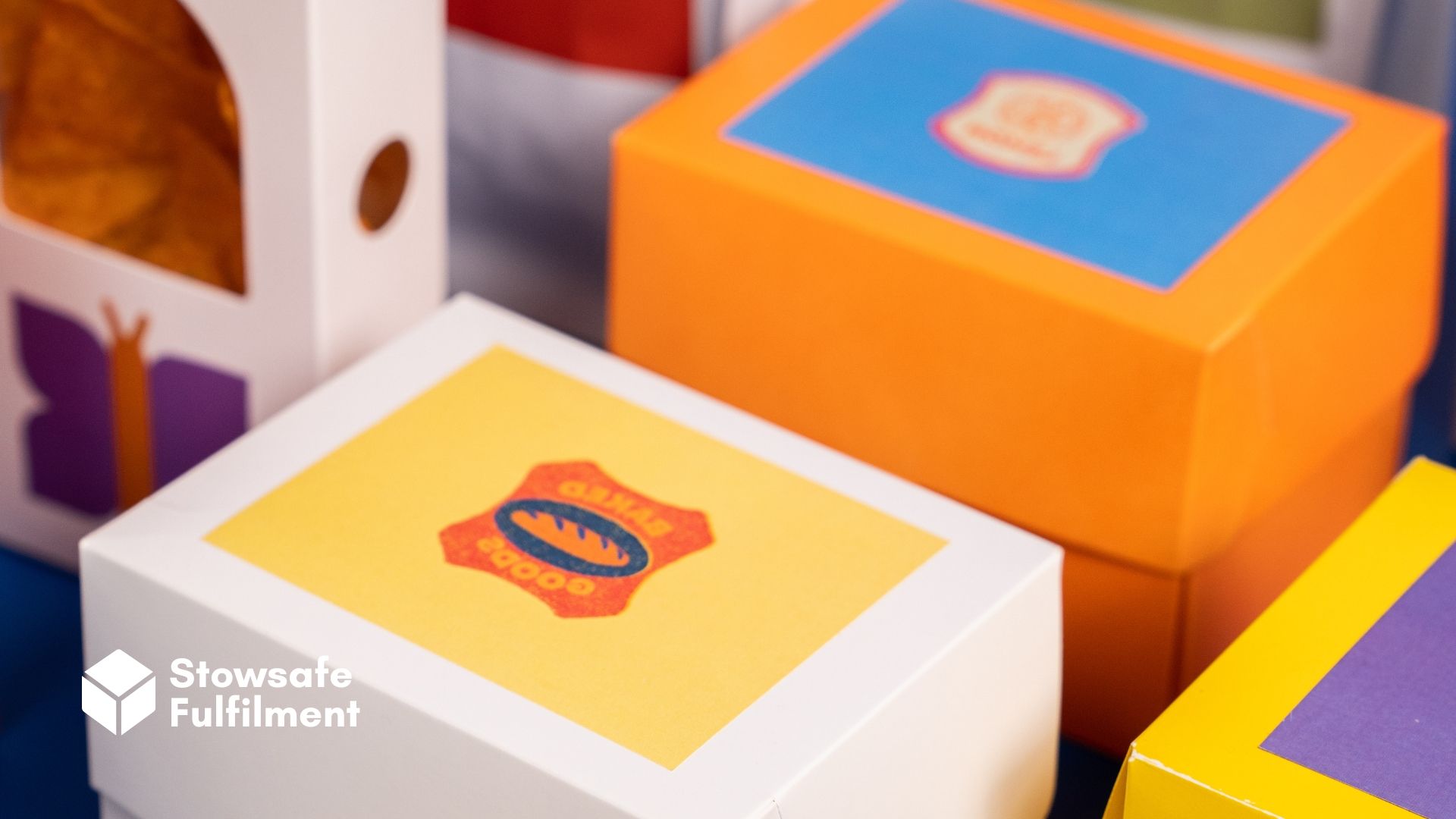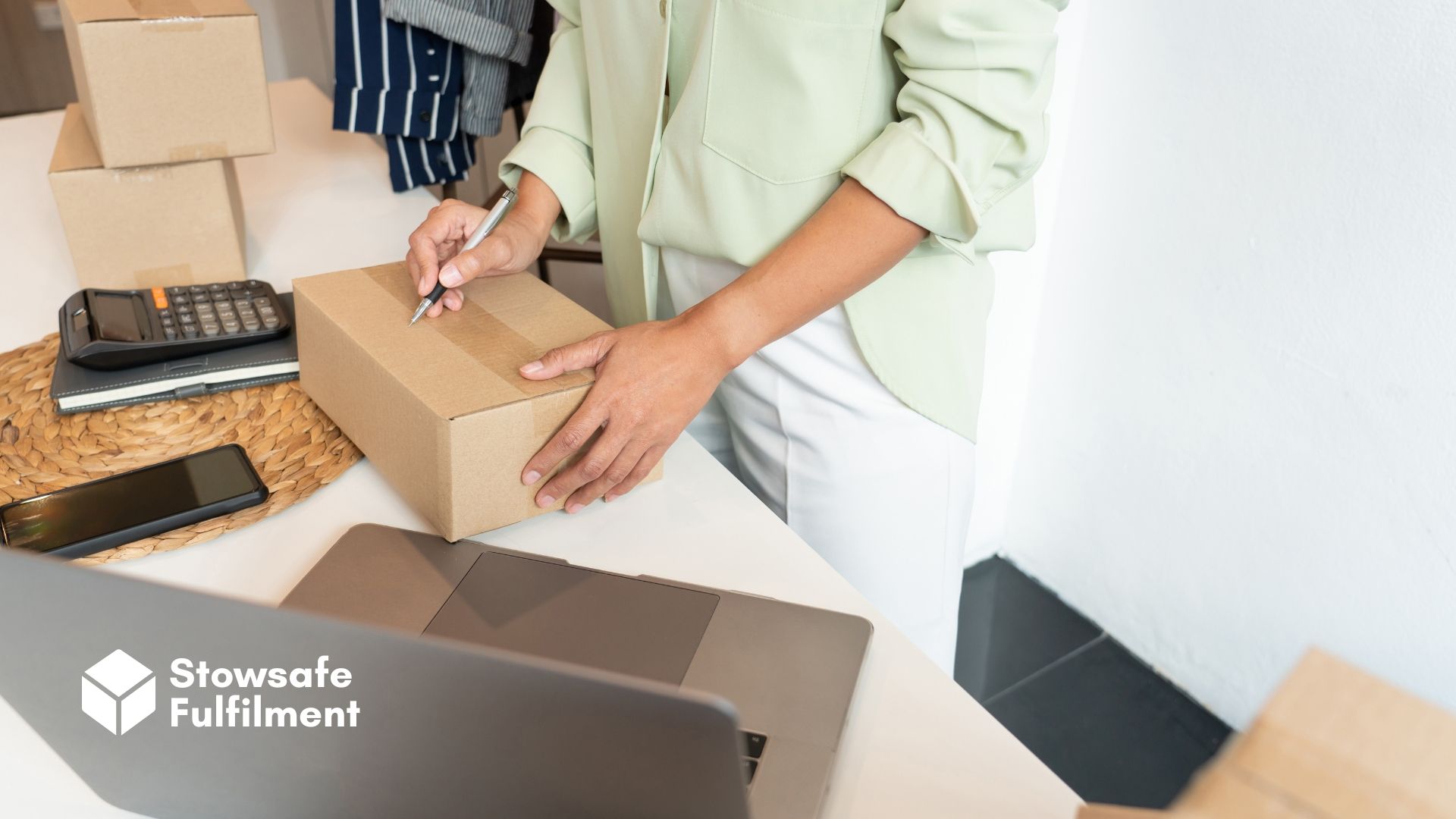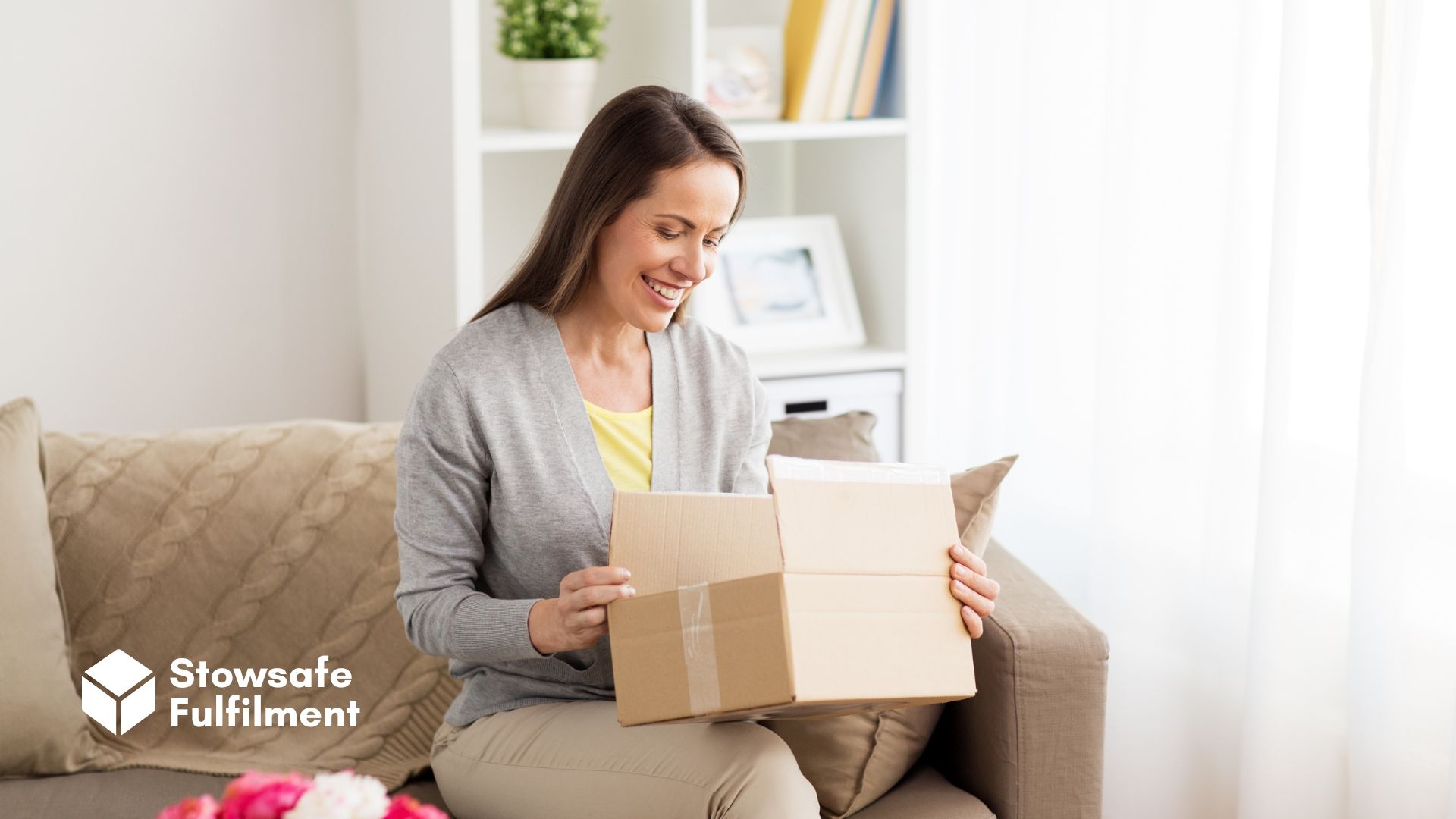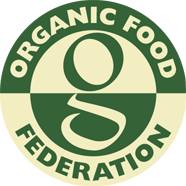Is Fulfilment by Amazon (FBA) always the best option for online sellers? Join us as we weigh up the benefits of FBA against third-party logistics (3PL).
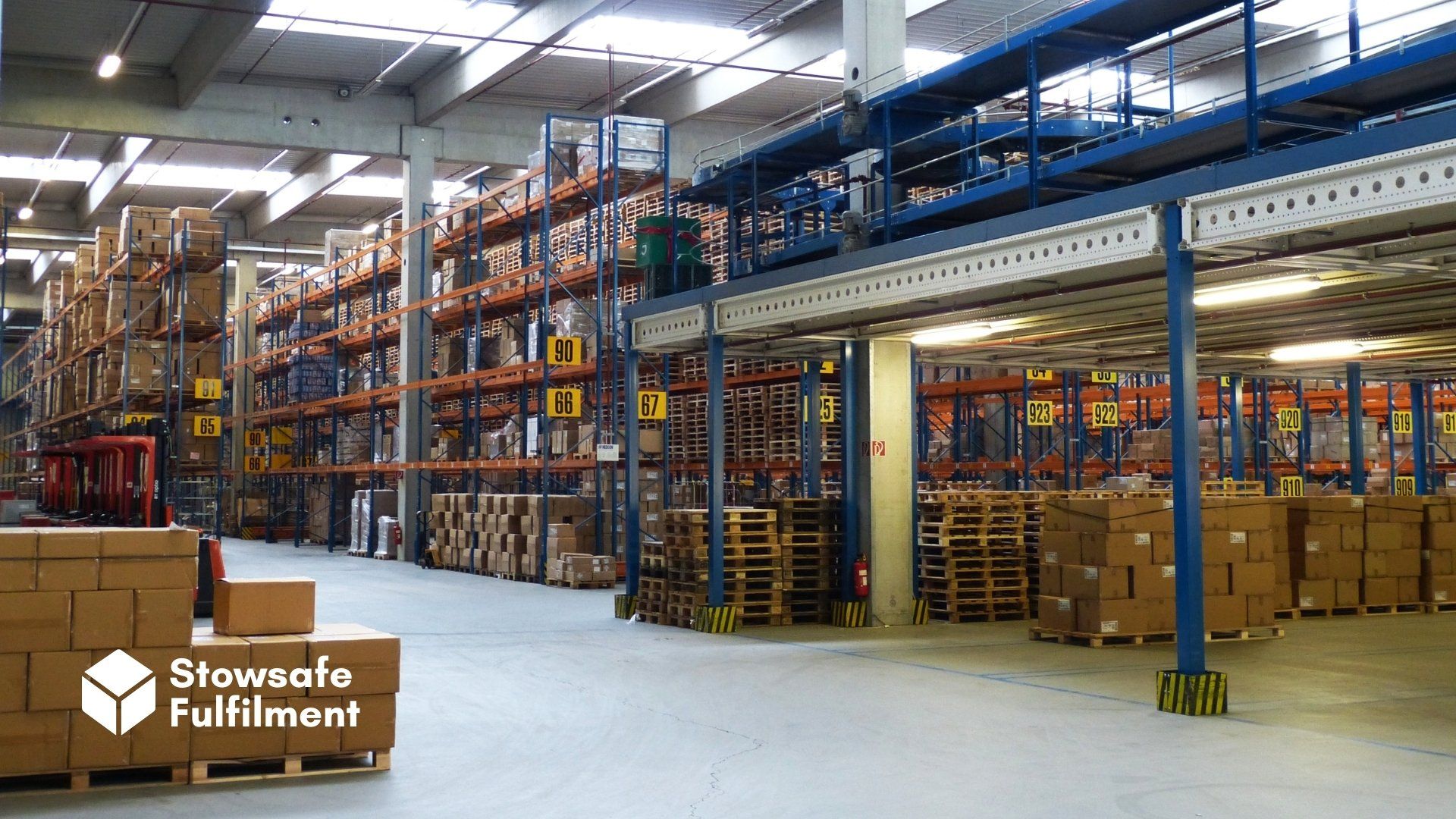
So you run an eCommerce business. You want to sell your goods on Amazon.
Good move – it's the world's biggest eCommerce website, with a global audience of more than 310 million customers. If you want your products to get seen and get sold, you can't go wrong with the big A.
But listing your stock on Amazon is only part of the equation. You also need to think about fulfilment – in other words, getting your products from warehouse A to customer B.
The obvious port of call is Amazon's own fulfilment service, called – straightforwardly – Fulfilment by Amazon, or FBA.
It seems like a no-brainer. Amazon lists your products. Amazon stores your products. Amazon ships your products. Simple.
And for many businesses, FBA
is
the best option. But it isn't the best option for everyone.
FBA suits companies that value convenience above all else. It wraps up fulfilment, customer support and other business-friendly benefits into one handy package.
But there are drawbacks. And if these drawbacks are deal-breakers, you might want to consider another option: using a 3PL for Amazon fulfilment.
What's a 3PL?
3PL stands for "third-party logistics". A 3PL provider is a company that stores, picks, packs and ships your products for you. This means you can focus on running your business, rather than wasting time chasing couriers and wrestling with sticky tape.
All you have to worry about is getting your stock to the warehouse. Your 3PL provider will take it from there.
Does this sound familiar? Yes, FBA is a 3PL. It might have Amazon branding, but its service and processes are more or less the same as any other 3PL company.
So why not just choose FBA and be done with it? It all comes down to the four Cs: cost, control, customisation and customer service.
The benefits of using a 3PL for Amazon fulfilment
1. Cost
Every 3PL is different. Some charge more than others. That's the way the cookie crumbles.
But FBA is, generally speaking, more expensive than your average 3PL provider. And because you have no direct relationship with Amazon, it's nigh-on impossible to negotiate a reduced fee or volume discount.
The trade-off is simplicity. FBA has a (somewhat) simple and transparent pricing structure – and it even provides a revenue calculator so you can estimate how much you'll pay per item.
That's not to say 3PLs make things complicated. But they're more likely to quote on a client-by-client basis, so you might have to have a few conversations before you know what you're likely to pay.
The bottom line: if you're willing to pay more for a convenient setup process, FBA could be your bag. But you might be surprised how much you could save by shopping around.
2. Control
When they say "Fulfilment by Amazon", they really mean it. When you sign up for FBA, you have to do things Amazon's way.
This has several implications. For one, you may have to relinquish some level of quality control.
See, Amazon deals with a huge number of sellers – as many as 6.3 million, according to
one study. It doesn't make sense for Amazon to give each of these sellers a dedicated space in their warehouses. Frankly, they'd have to bend the rules of physics to make it happen.
This means that lots of similar products from different sellers are bunched together. If you sell a wooden spoon – and it isn't a branded, private-label spoon – there's no guarantee that customers will get your product when they order.
With a 3PL, it's a different story. A good 3PL provider will allocate dedicated shelving to your brand and your brand only. It will do all it can to
prevent
your stock from mixing with another supplier's.
Shipping can be another concern. On the plus side, FBA gives you access to ultra-fast Prime delivery options. But you're stuck with Amazon's delivery partners and Amazon's delivery rates.
A 3PL, on the other hand, is more likely to work with a wide range of delivery partners. Got a preferred courier? You should have free reign to choose them for every delivery. Want to save on shipping costs? Some 3PLs can automatically choose the best-value courier for each SKU shipped. Ker-ching!
3. Customisation
You want to get your brand out there. You want your customers to see your brand, recognise your brand and build a relationship with your brand.
With FBA, building brand awareness can be tricky. Your products will arrive in plain, cardboard packaging plastered with Amazon logos. As far as your customer is aware, they've bought a product from Amazon – your brand doesn't come into it.
3PLs tend to offer more opportunities for customisation. Want branded packaging? No problemo. Want to include promotional flyers or cute "thank you" notes? Consider it done.
The best 3PLs can take this further. They'll offer a range of value-added services that aim to replicate your in-house fulfilment efforts. This could mean creating kits for seasonal promotions, assembling subscription boxes or even reworking products at the packing stage.
4. Customer service
Amazon is a huge company that deals with countless enquiries every day. It's simply not feasible for it to provide a dedicated account manager for every seller.
It does have a hotline. And it does provide forums for sellers to raise concerns and ask questions. But the fact is that it's too big to provide a truly personal service.
This is all well and good when things are running smoothly. But what if you need something done, ASAP? What if you have a niche query or simply want some good old-fashioned advice?
Not all 3PLs are customer service stars. But a good 3PL will at least provide an account manager who can answer questions and provide up-to-the-minute feedback.
Heck, you might even get their phone number.
Are you looking for a trusted, flexible 3PL to handle
Amazon product fulfilment? Secure a dedicated space in our 24,500-square-foot warehouse –
get in touch today.
All Rights Reserved | Stowsafe Fulfilment

